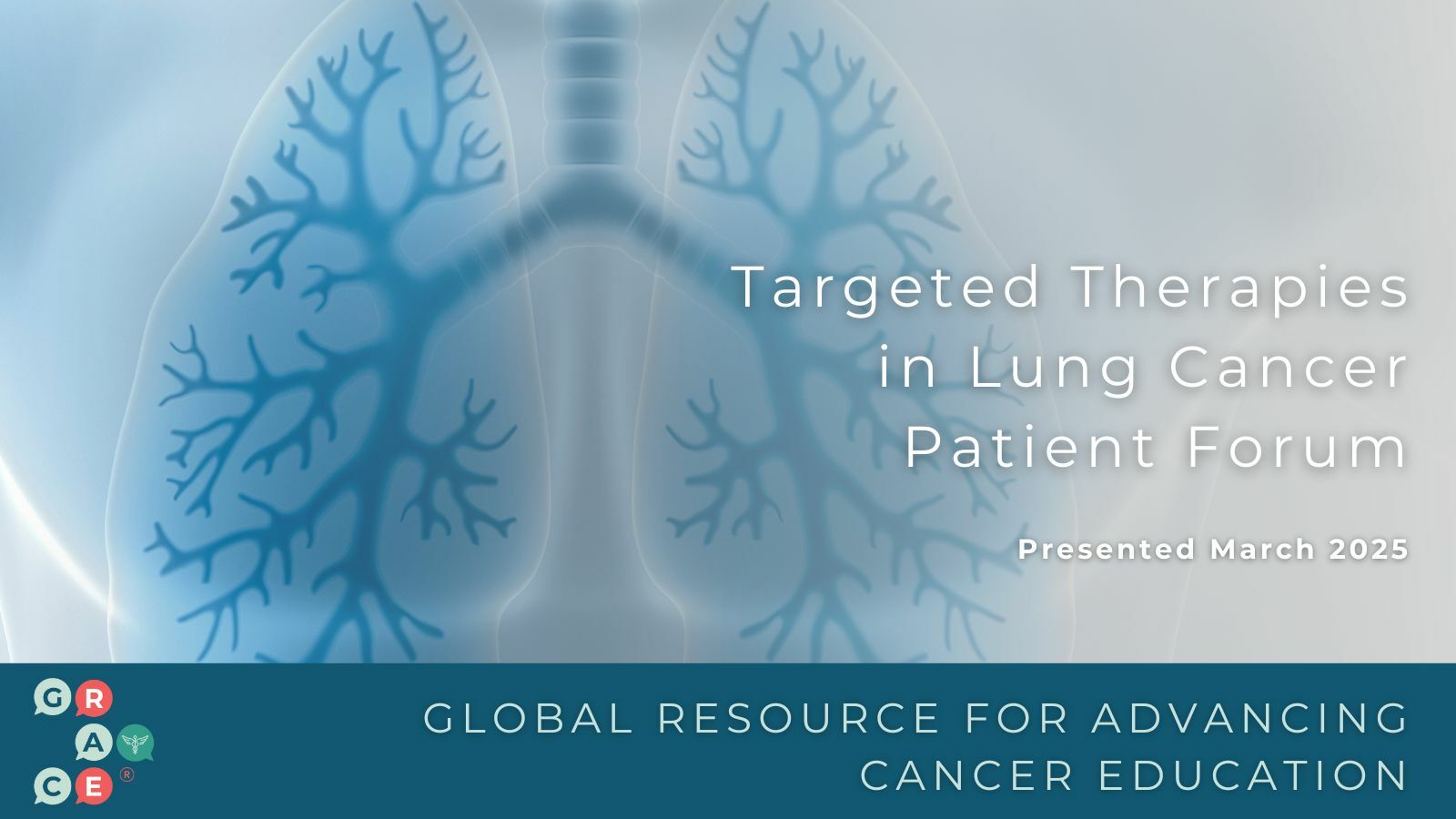Article and Video CATEGORIES
At this year's ASCO meeting, I had the opportunity to review and provide commentary on several presentations from other researchers, all on the topic of how to refine our ability to predict how patients will do after surgery for stage I - IIIA NSCLC, with an idea that this information can help guide decisions about who should receive chemo and who shouldn't.
One of the interesting abstracts came out of Japan, where a group of investigators led by Dr. Matsuguma looked details about the surgical results and long-term outcomes of 574 patients who all underwent surgery at a single center, asking the question of whether the number of lymph nodes involved with cancer is important for prognosis, and specifically whether this variable might be more important than the location of the lymph nodes in its correlation with prognosis (abstract here). Our current system of assigning node stage is based not on number of lymph nodes but rather where any nodes with cancer happen to be. Lymph nodes in the same lung as the cancer are called N1, while nodes outside of the lung and in the middle of the chest are designated as N2 on the same side of the chest as the main cancer, or N3 on the opposite side. Lymph nodes above the clavicle are also considered N3. This staging from N1 to N2 to N3 is somewhat associated with worse prognosis, primarily because involved nodes further from the cancer are associated with a greater risk of spread of the cancer to distant parts of the body. A lung cancer generally needs to have some ability to spread to get out to N2 or N3 nodes, and that's associated with a higher likelihood of recurrence outside of the local area of the chest.
The group recognized that at the time of surgery it can be hard to know which nodes came from what exact area, and also that sometimes we see "skip nodal metastases" in which N2 or N3 nodes are involved without any N1 nodes involved, which you wouldn't expect to happen with a stepwise escalation of aggressiveness. They also thought it might matter whether one lymph node is involved or multiple nodes is involved in a given location. So they looked at the question of whether you could do a better job with the current system that uses nodal location by also adding information about how many nodes were involved. And they found that compared with the current system (left side of the figure below, with little separation of the N1 vs. N2 groups, so not great at offering prognostic information), adding information about the number of either N1 nodes involved (4 or fewer vs. more than 4; upper curve on right) or N2 nodes involved (6 or fewer vs. more than 6; lower curve on right) could help stratify the prognosis for both groups, providing a clear separation of a better and a worse subgroup):
They also looked at a completely different system, in which they completely redefined nodal stages. Instead of using the factor of where the nodes were, they made a system in which the only thing that mattered was how many nodes were involved. They tried to match the distribution of N1 vs. N2 patients in the old system with their new one, and even broke down N2 into N2a and N2b, similar to how some people distinguish between a single N2 node or nodal station involved and more than one. They ended up with a new system in which N1 was defined as 1-2 nodes involved, and N2 nodal disease was more than 2, and this could be divided further into N2a, with 3-5 nodes involved, and N2b, with more than 5 nodes involved.
They then looked at how the new system compared to the current one, which they already showed wasn't that impressive. And as shown in the curves on the right, the new system based on number of nodes did a better job of refining prognosis, with a clearer separation of survival curves whether they just looked at N0 vs. N1 vs. N2 (top right) or split N2 into N2a and N2b (lower right):
I found this work to be very provocative, even if we're not at a point yet where we're going to redefine our longtime staging system. There have certainly been other studies that support the idea that prognosis is better when one or a few nodes are involved, and that more involved nodes is worse. I'll continue on this general topic in my next post, in which we'll cover interesting work out of Italy that focused on the number of nodes removed at the time of surgery that also led to some novel conclusions.
Please feel free to offer comments and raise questions in our
discussion forums.






